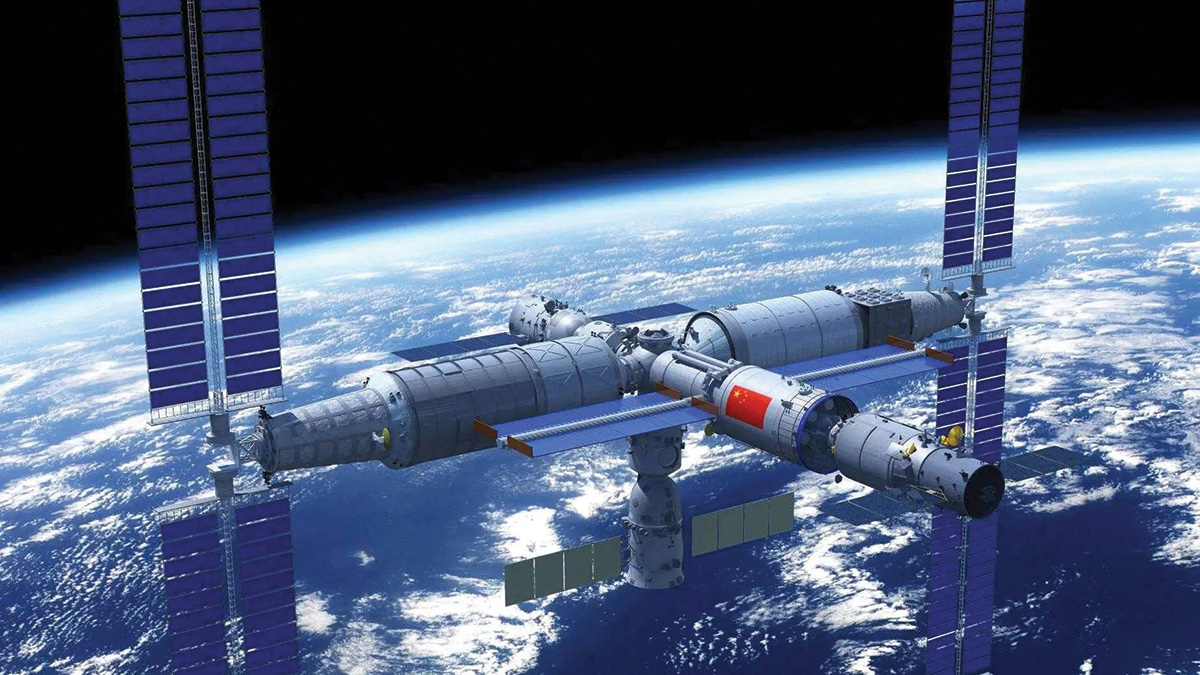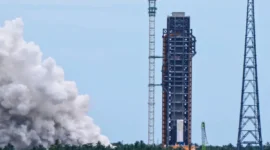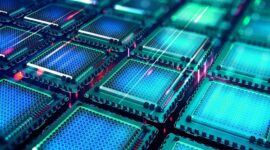China’s Tiangong Space Station represents a monumental leap forward in the nation’s space exploration capabilities and stands as a testament to its growing technological prowess. As the country’s first long-term orbital habitat, Tiangong, which translates to “Heavenly Palace,” serves as a multifunctional platform for scientific research, technological innovation, and international collaboration. Unlike the International Space Station (ISS), which was constructed through a joint effort involving multiple space agencies, Tiangong is primarily a Chinese-led endeavor, showcasing the nation’s self-reliance in space technology. With an anticipated operational lifespan of at least 15 years, the station will play a crucial role in microgravity research, space medicine, and Earth observation. As the ISS nears retirement in the 2030s, Tiangong is poised to become the sole operational space station in low Earth orbit (LEO), positioning China as a central figure in the future of space exploration.
Development and Construction
Early Planning and Predecessors
The Tiangong program evolved from China’s earlier space station projects, Tiangong-1 (2011) and Tiangong-2 (2016), which served as experimental prototypes. These smaller stations tested critical technologies such as orbital docking, life support systems, and short-term crewed missions.
Modular Assembly Process
The current Tiangong Space Station follows a modular design, similar to the ISS but on a smaller scale. The construction began with the launch of the Tianhe core module on April 29, 2021, aboard a Long March 5B rocket. Tianhe (“Harmony of the Heavens”) houses living quarters, power systems, and station control functions.
Two additional laboratory modules were later added:
-
Wentian (“Quest for the Heavens”) – Launched on July 24, 2022, this module focuses on biological and material science experiments.
-
Mengtian (“Dreaming of the Heavens”) – Launched on October 31, 2022, it supports microgravity research and technological demonstrations.
Docking and Robotic Assistance
The station uses China’s Tianzhou cargo spacecraft for resupply missions, while Shenzhou spacecraft transport astronauts. A robotic arm, similar to the ISS’s Canadarm2, assists in module assembly and maintenance. Future upgrades may include additional modules or even a co-orbiting space telescope (Xuntian), set to launch in 2025.
Design and Structure
Tiangong’s design is both efficient and innovative, featuring a T-shaped configuration with the Tianhe core module at the center and the Wentian and Mengtian modules extending symmetrically on either side. This layout optimizes space utilization and maximizes the efficiency of its solar panels. The Tianhe core module, weighing 22.5 tons, is the heart of the station, providing living quarters, life support systems, and command functions. The Wentian module is equipped with specialized racks for biotechnology and fluid physics experiments, while Mengtian supports material science and space technology testing. The station includes multiple docking ports to accommodate visiting spacecraft, such as the Shenzhou crew vehicles and Tianzhou cargo resupply ships, as well as potential future international missions. Power is supplied by deployable solar arrays with a total output of approximately 27 kW, sufficient to support the station’s research and operational needs. Unlike traditional chemical thrusters used by the ISS, Tiangong employs ion propulsion for station-keeping, a more efficient system that reduces fuel consumption and extends the station’s operational lifespan.
Scientific Research and Experiments
Scientific research is a cornerstone of Tiangong’s mission, with the station providing a unique microgravity environment for experiments that are impossible to conduct on Earth. Studies in crystal growth aim to advance semiconductor materials, while protein crystallization research could lead to breakthroughs in pharmaceuticals. Fluid dynamics experiments have industrial applications, and space medicine studies focus on mitigating the effects of long-duration spaceflight, such as bone density loss and muscle atrophy. Psychological research is also being conducted to understand the impacts of isolation on astronauts. Additionally, Tiangong’s external payloads are being used for Earth observation and astronomical research, including climate monitoring and cosmic ray detection. These efforts not only contribute to scientific knowledge but also have practical benefits for industries on Earth.
International Collaboration
International collaboration is another key aspect of Tiangong’s mission. Although primarily a Chinese project, the station is open to partnerships with other nations. China has worked with the United Nations Office for Outer Space Affairs (UNOOSA) to offer experiment opportunities to countries without their own space programs. Collaborative efforts are already underway with Russia’s Roscosmos, including plans for shared missions and potential module integration. The European Space Agency (ESA) has also expressed interest in astronaut exchanges, while countries like Pakistan, Italy, and Germany have contributed experiments to the station. These partnerships highlight Tiangong’s role as a platform for global scientific cooperation.
Comparison with the International Space Station
When compared to the ISS, Tiangong is smaller but benefits from more advanced technology. The ISS, a multinational project involving NASA, Roscosmos, ESA, and other agencies, has a mass of around 420 metric tons and a power output of approximately 120 kW, dwarfing Tiangong’s 100 metric tons and 27 kW. However, Tiangong’s newer systems, such as ion propulsion and advanced robotics, give it an edge in efficiency and sustainability. With the ISS expected to retire by 2030, Tiangong could soon become the only operational space station in LEO, solidifying China’s position as a leader in space exploration.
| Feature | Tiangong (China) | ISS (Multinational) |
|---|---|---|
| Mass | ~100 metric tons | ~420 metric tons |
| Crew Capacity | 3-6 astronauts | 6-7 astronauts |
| Power Output | ~27 kW | ~120 kW |
| Primary Operator | CNSA (China) | NASA, Roscosmos, ESA, etc. |
| Expected Lifespan | 15+ years | Retiring by 2030 |
Crewed Missions and Human Presence
Crewed missions to Tiangong have been a major focus since its inception. The first crewed mission, Shenzhou-12, arrived at the Tianhe module in 2021, followed by Shenzhou-13, which marked China’s first six-month stay in orbit. Subsequent missions, including Shenzhou-14 and Shenzhou-15, have overseen module expansions and crew handovers, ensuring continuous human presence aboard the station. Future missions will maintain this occupancy, mirroring the operational model of the ISS.
Technological Advancements
Technological advancements on Tiangong are setting new standards for space stations. The station’s ion propulsion system is more efficient than traditional chemical thrusters, while its robotic arm, with seven degrees of freedom, enhances construction and maintenance capabilities. The upcoming Xuntian space telescope, designed to co-orbit with Tiangong, will provide high-resolution astronomical observations comparable to those of the Hubble Space Telescope.
Looking ahead, China has ambitious plans for Tiangong’s expansion and upgrades. Additional modules may be added to increase research capacity, and commercial partnerships could open the station to private-sector experiments. Beyond Tiangong, China is considering the development of a next-generation space station or even a lunar orbital station as part of its long-term space exploration strategy.




